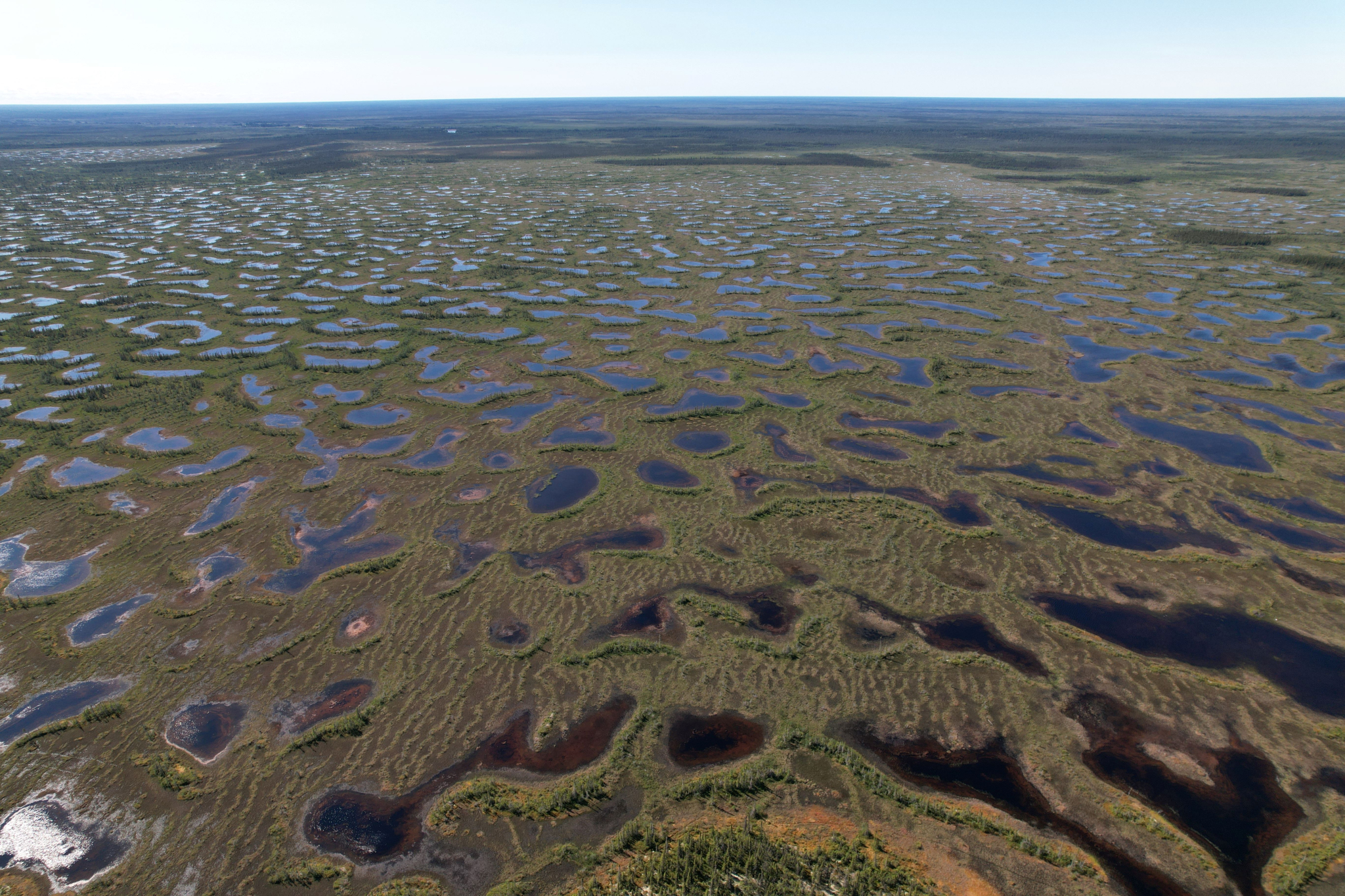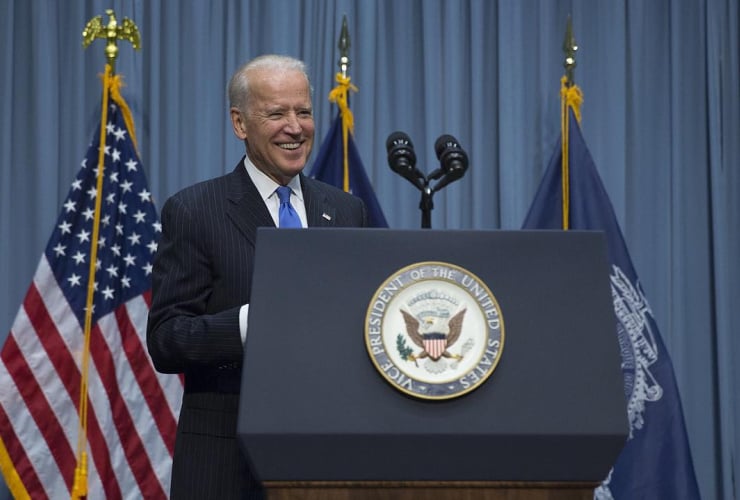When she learns mining companies have set their sights on the Hudson Bay lowlands, Lorna Harris raises the alarm — the region is home to the planet's second-largest terrestrial carbon sink.
The peatlands — also known as muskeg — that wrap around Hudson and James bays have been absorbing planet-warming gases for thousands of years. Harris says the peatlands in the Ring of Fire mining region alone store about two billion tonnes of carbon dioxide equivalent of greenhouse gases. According to the United States Environmental Protection Agency, that’s about equal to the annual emissions of 5,026 natural gas power plants.
But if a road crosses the peatlands and opens them up to mining, Harris says the wetlands could release those gases back into the atmosphere.
“It is absolutely critical that that carbon stays in the ground and doesn't return to the atmosphere,” Harris says. “All of that carbon that was taken thousands of years ago has had a cooling effect on our climate and it's really important that we don't then release that into the atmosphere.”
Harris is not alone. The wetlands play a special role in the oral histories of Omushkego First Nations that have lived in the region for time immemorial.
Now, the Mushkegowuk Council — which represents eight northern First Nations — is working to protect the peatlands.
In Episode 3 of The Road, Isaac Phan Nay examines how building a road to the Ring of Fire mining region could threaten the peatlands of northern Ontario.
The Road podcast is a co-production between Isaac Phan Nay and Canada’s National Observer. Funding for this podcast comes from the Gordon Sinclair Foundation. Listen to Episode 3, The Breathing Lands, on your favourite listening app.






Comments